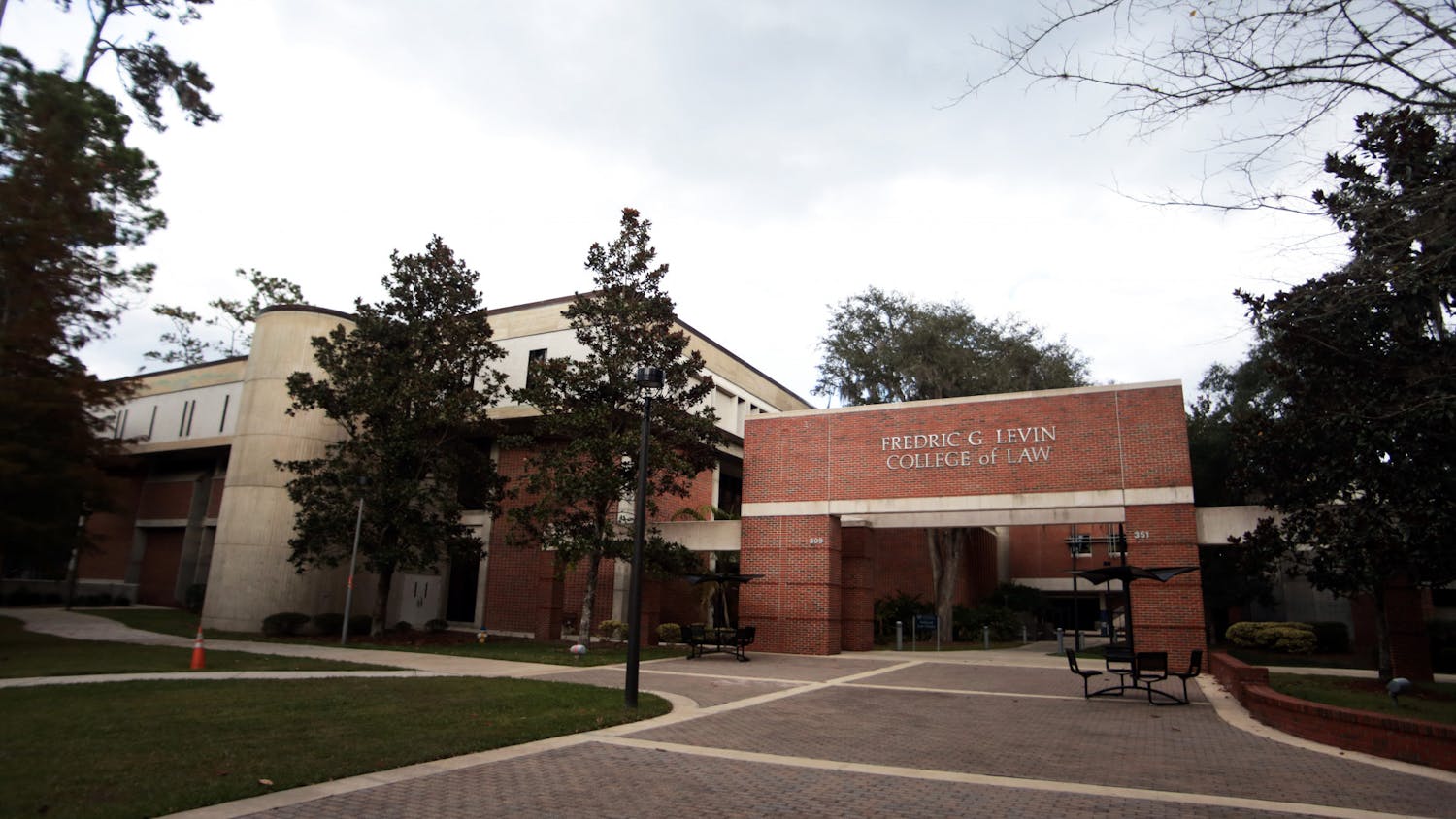In today’s lesson plan, we are going to be covering the U.S. Government. It’s become clear in the past few weeks that a lot of Americans are not entirely aware of how the government functions. It has, after all, been a long time since seventh-grade civics or senior-year Advanced Placement U.S. Government. And unless you have some aspirations in politics or listen to the “Hamilton” soundtrack regularly, there might be some holes in your memory.
Disclaimer: This is a brief synopsis, and if you want a very thorough analysis of the early days of the U.S. Government, you will have to hit up your local history major or take UF professor Samuel P. Stafford’s American Civil Liberties class.
Our government is set up with separation of powers, a system of checks and balances which ensures no one branch of government overpowers another. You see, our newly formed country still had bad memories of England and an overruling tyrant, so the Continental Congress wanted to make sure that didn’t happen. The first run of a set of laws for our country were the Articles of Confederation, which essentially allocated no executive power, leaving everything up to the states. There’s a reason we don’t use them anymore and a reason the Continental Congress had to reassemble and figure out another way to whip our country into shape.
So they drafted up the Constitution and worked on getting it approved by the states.
One of the biggest roadblocks in ratifying our current Constitution was that people feared it would give the government — namely the executive branch — too much power. But eventually it was obvious we couldn’t just leave everything up to the states. So compromises were made, powers were checked and balanced, and thus our Constitution was born and has been amended 27 times to keep up with changing times.
Now, a lot of people will point out that the original Constitution did not give the judicial branch much power. Indeed, it was only with the Supreme Court case of Marbury v. Madison that judicial review — the power of the Supreme Court to determine whether a law is constitutional — was established. But since then, all checks and balances and branches have been pretty even.
Currently, a very textbook example of the judicial branch stepping in to balance out the executive branch is playing out. Namely, the contentious travel ban by President Donald Trump has been halted and put up for review.
This is nothing new. Yet hundreds of thousands of people are acting personally victimized that (gasp!) the government dare do its job. The sad (and scary) part is that some of these people work for the government. It’s not un-American or unpatriotic that the judicial branch is doing this — it is, in essence, the most American thing of all. We feared a strong, overbearing single branch of government, so within our laws, we did our best to prevent that. Our government has been doing that for the past two hundred and some years.
From judicial review came: Miranda rights, the abolition of poll taxes in state elections, the “separate but equal” ruling, the subsequent overturning of that ruling, the rejection of former President Richard Nixon’s notion of “executive privilege” — and that’s just scratching the surface. The fact is this has been a very vital and important part of our country since 1803.
Challenging a president’s or Congress’s’ decision is not going against the government. It is the government doing what it was made to do: work for the people. Not for a political party, or for groups of senators or representatives, but all the people of our country.





